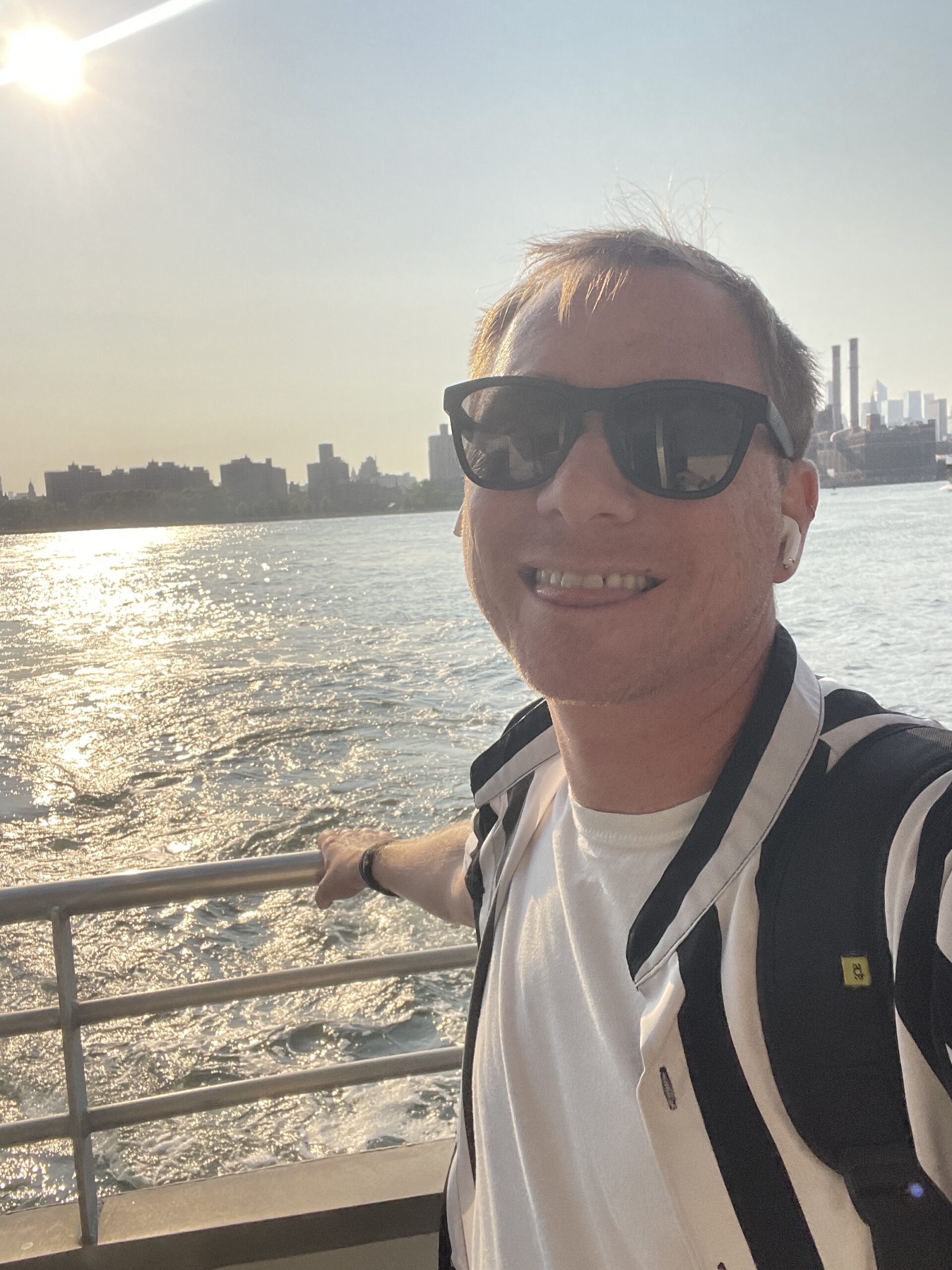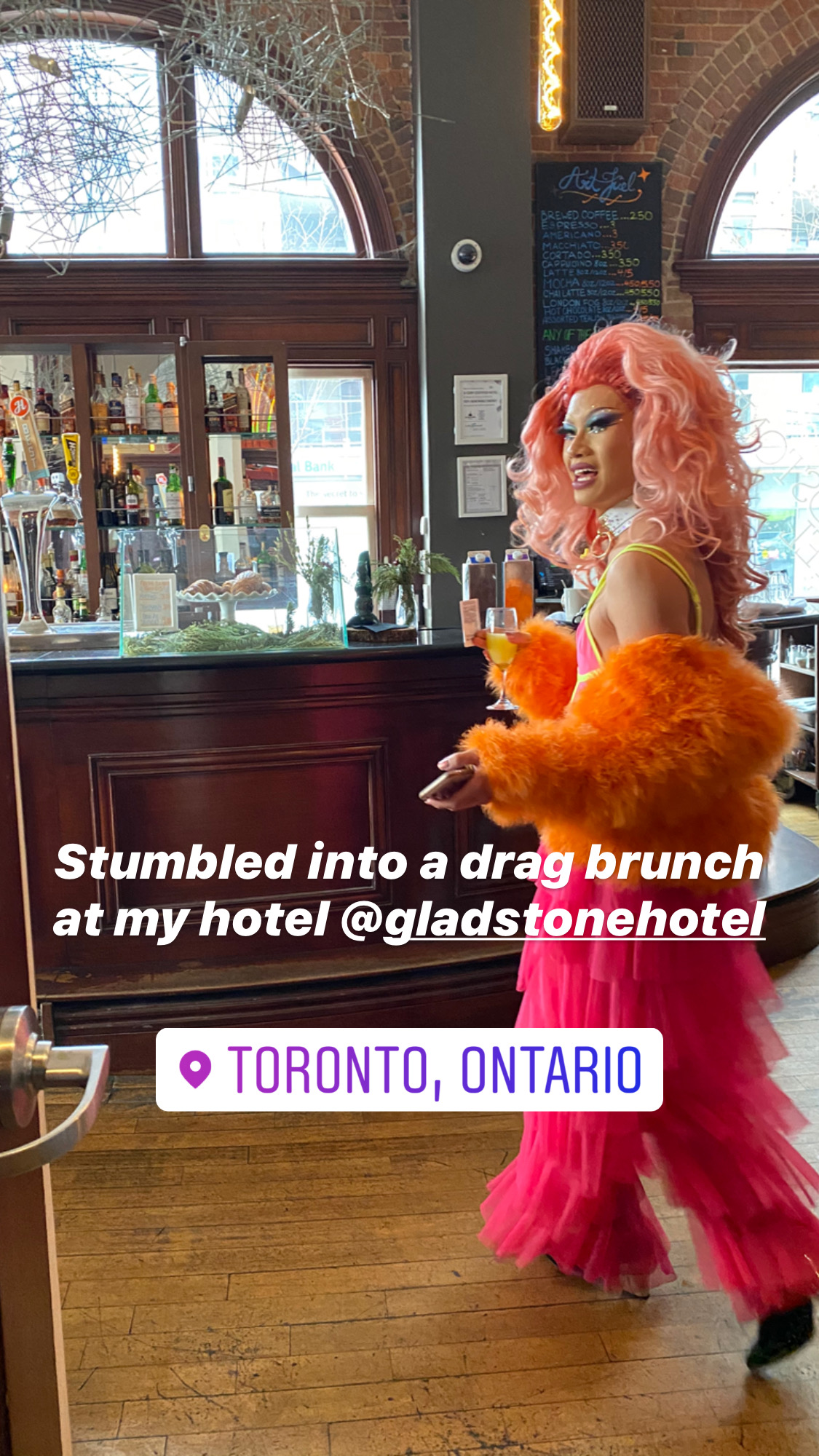Queer destinations typically refers to places known for being particularly welcoming, inclusive, and supportive of LGBTQ+ (lesbian, gay, bisexual, transgender, queer, and other sexual orientations and gender identities) individuals.
In recent years, the concept of queer destinations has emerged as a beacon of inclusivity and acceptance within the travel and tourism industry. These destinations hold a profound significance for LGBTQ+ individuals and allies alike, serving as havens where people of diverse sexual orientations and gender identities can authentically express themselves without fear of discrimination or prejudice.
Understanding why queer destinations matter requires an exploration of the broader societal implications of LGBTQ+ acceptance and the unique experiences they offer travelers.

Queer destinations matter because they represent tangible manifestations of progress towards equality and social justice. In a world where LGBTQ+ individuals continue to face systemic discrimination and marginalization in many parts of society, these destinations stand as living testaments to the power of acceptance and diversity.
By providing gay spaces where LGBTQ+ individuals can live, work, and travel freely, queer destinations challenge heteronormative norms and foster a sense of belonging for those who have historically been excluded or marginalized.
Moreover, queer destinations play a vital role in the global tourism landscape, offering unique and enriching experiences for travelers seeking authentic connections and cultural immersion. Beyond their symbolic significance, these destinations often boast vibrant LGBTQ+ communities, diverse nightlife scenes, and a wealth of LGBTQ+-owned businesses and cultural institutions. From bustling urban hubs to tranquil beachside retreats, queer destinations offer something for every traveler, whether they identify as LGBTQ+ or simply value the principles of inclusivity and diversity.
Identifying queer destinations can be both straightforward and nuanced. While some destinations actively market themselves as LGBTQ+-friendly through advertising campaigns and tourism initiatives (sometimes including drag queens or celebrity gays), others may require a more discerning eye to uncover their queer-friendly attributes.

Travelers can start by researching destinations that have a reputation for LGBTQ+ acceptance and support, such as those known for hosting pride events, boasting LGBTQ+ neighborhoods, or enacting progressive policies protecting LGBTQ+ rights. Additionally, seeking out LGBTQ+-owned businesses, gay hotels, and entertainment venues can provide valuable insights into a destination’s inclusivity and hospitality towards queer travelers.
Ultimately, queer destinations offer more than just picturesque landscapes or cultural landmarks; they represent spaces of empowerment, celebration, and solidarity for LGBTQ+ individuals and allies around the world. By recognizing and supporting these destinations, travelers can contribute to the ongoing struggle for LGBTQ+ equality and help create a more inclusive and welcoming world for future generations.
Reasons Why a Place Might be Labeled a “Queer Destination”
- Legal Protections: The presence of legal protections for LGBTQ+ individuals, such as anti-discrimination laws and marriage equality, can make a place more appealing and safer for queer travelers.
- Vibrant LGBTQ+ Community: A strong and visible LGBTQ+ community with various social groups, events, and establishments like bars, clubs, and cafes can contribute to a place’s reputation as a queer destination.
- Diverse Representation: Queer destinations often boast diverse representation across different aspects of society, including politics, media, and cultural institutions, reflecting a commitment to LGBTQ+ visibility and inclusion.
- Tourism Initiatives: Some places actively promote themselves as LGBTQ+-friendly destinations through tourism campaigns and initiatives, showcasing their commitment to welcoming queer travelers.
- Supportive Businesses: The presence of LGBTQ+-owned or LGBTQ+-friendly businesses, including accommodations, restaurants, and shops, can enhance the overall experience for queer visitors.
- Annual Events: Hosting LGBTQ+ events such as pride parades, film festivals, and drag shows can attract queer travelers and contribute to a place’s reputation as a queer destination.
- Historical Significance: Places with a rich LGBTQ+ history, such as sites of significant events in the LGBTQ+ rights movement or longstanding queer neighborhoods, may draw travelers interested in exploring this aspect of culture and heritage. Maybe the queer destination has a close affinity to any notable gay authors.
- Safe and Inclusive Atmosphere: Queer destinations prioritize creating a safe and inclusive atmosphere for LGBTQ+ individuals, where they can express themselves freely without fear of discrimination or harassment.
- Progressive Policies: Progressive policies and initiatives supporting LGBTQ+ rights, healthcare, and education contribute to a positive environment for queer residents and visitors alike.
- Visibility in Media: Positive portrayals of LGBTQ+ individuals in local media and cultural representations help to create an image of the place as welcoming and accepting of diverse sexual orientations and gender identities.
Overall, being a queer destination goes beyond merely tolerating LGBTQ+ individuals; it involves actively embracing and celebrating their presence, contributions, and identities within the community.
